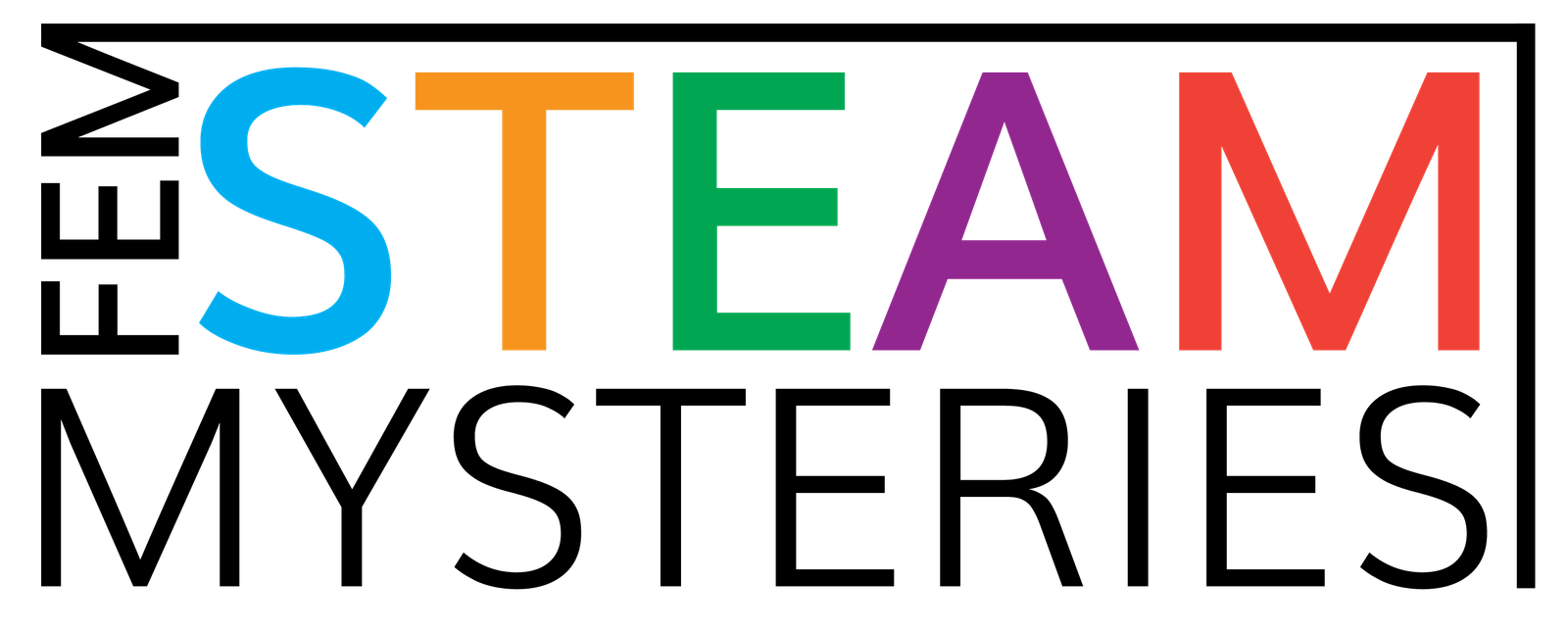O2- Instructional Guide on Role-model education for promoting gender equality in STEAM
An Instructional Guide on Role-model education for promoting gender equality was developed, with the main objective of providing guidance to teachers on how to fight stereotypes in STEAM and motivate students of both genders through Role-models to participate and collaborate in STEAM.
The Learning Guide includes:
A. Main approaches to Role-model education. Evaluation and selection of existing tools and resources (internationally) that bring out the role of women in STEAM based on:
-Impact on perceptions about the role of women (positive change)
-Impact in terms of empowerment of young students to envisage and follow STEAM careers
-Availability at the European level.
B. Key competences that students can improve through each Role-model approach and critical factors that can improve their potential to have better career prospects in STEAM: Key factors for getting successful knowledge transfer, competences improvement, and provision of powerful role-model examples to students depending on the adopted educational approach.
C. Biographies and short presentations of the work and life of famous Women and Men in STEAM: Personal details, childhood, fields of research and every detail that would be useful in order to promote gender equality in STEAM will be collected and presented for the aims of the project.
D. Specific Activities based on Role-model education that enhance gender equality in STEAM: The activities will be presented in a way that will make them easy to implement in the classroom and to evaluate in terms of change in perceptions and attitudes (title, scope of activity, number of participants, participant selection, description of activity, specific materials needed to implement it, evaluation sheets for the teachers, evaluation sheets for the students).
“O2- Instructional guide on Role-model education for promoting gender equality in STEAM” provides useful insights for developing “O4- FemSTEAM Mysteries game” and “O5- FemSTEAM Mysteries Library”.
The Co-creation of the O2 is relevant in two ways:
1. The involvement of teachers and students (end-users) in the specification of critical components and requirements match the existing needs. In other words, O2 development is not be based solely on partners’ previous knowledge, and generic information around the topic.
2. The selection and evaluation of Role-modeling Approaches and tools is used as a publishable output to be disseminated to the target group, increasing the visibility of the project and creating a direct impact on those teachers and students that will not manage to attend the training and dissemination activities to be organized within the project.
